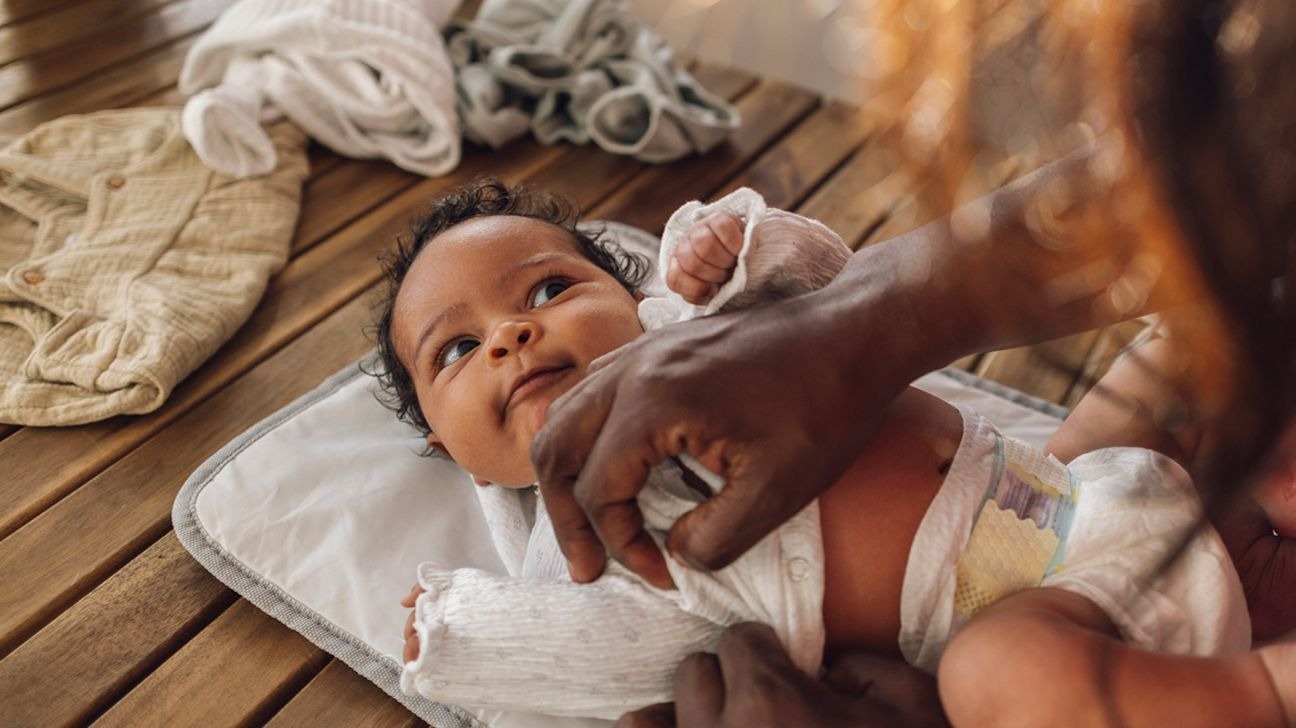Introduction: Why Diaper Choice Affects Your Baby’s Skin Health
When it comes to baby care, few things matter more than keeping your little one comfortable and rash-free. A newborn’s skin is incredibly sensitive, often reacting to even the smallest traces of fragrances, chemicals, or harsh materials. That’s why more parents are turning to hypoallergenic baby diapers.
These diapers are specifically designed to reduce skin irritation and prevent allergic reactions by using gentle, natural, and non-toxic materials. They offer a better experience not only for the baby’s delicate skin but also for parents who want a cleaner, more transparent product.
In this article, we’ll explore the science behind hypoallergenic diapers, how they support diaper rash prevention, and what features to look for when choosing the best option for your baby.
What Are Hypoallergenic Baby Diapers?
Hypoallergenic diapers are diapers made with minimal allergy-causing ingredients, designed to protect babies with sensitive skin. These products:
- Avoid chlorine, latex, phthalates, and fragrances
- Use natural or organic materials like bamboo or cotton
- Have a soft, breathable outer cover to reduce irritation
- They are often dermatologically tested or certified by skin health organizations
Commonly used hypoallergenic materials include:
- Bamboo fibers
- Organic cotton
- Plant-based core (wood pulp)
- Water-based inks for prints
Popular hypoallergenic diaper brands include Bambo Nature, Dyper, and Hello Bello.
Why Babies Get Diaper Rashes
Before we understand how hypoallergenic diapers work, let’s look at what causes diaper rashes:
Common Triggers:
- Prolonged exposure to moisture
- Friction from rough diaper material
- Chemical residue (e.g., fragrances, preservatives)
- Allergic reaction to diaper ingredients
- Improper fit or lack of airflow
According to the American Academy of Pediatrics, 50–60% of babies will experience diaper rash during their first year. Most cases are due to irritant contact dermatitis, where the skin becomes inflamed from urine, stool, and chemicals trapped in a poorly ventilated diaper.
How Hypoallergenic Diapers Prevent Rashes
1. Chemical-Free Materials
Many diaper rashes are triggered by fragrances, lotions, or chlorine bleach used in mainstream disposable diapers. Hypoallergenic diapers skip these entirely.
Brands like Bambo Nature and Dyper are free from:
- Latex
- Phthalates
- Chlorine
- Fragrance
- Petroleum-based lotions
2. Breathability and Airflow
The best hypoallergenic baby diapers have breathable outer layers made from cotton or bamboo, allowing airflow to reduce heat buildup and moisture retention.
This means:
- Fewer rashes
- Less sweat
- Less bacterial growth
3. Moisture-Wicking Core
Organic or plant-based absorbent cores soak up liquid without harsh chemicals. They:
- Pull moisture away from the skin
- Prevent breakdown of the skin barrier
- Help babies sleep better, especially in overnight diapers
4. Perfect Fit
Poor-fitting diapers cause friction and leakage, both major rash triggers. Hypoallergenic brands focus on:
- Elastic waistbands
- Stretchy leg cuffs
- Soft inner linings
This keeps the diaper in place while allowing free movement, reducing chafing and pressure marks.
Popular Hypoallergenic Diaper Brands
Bambo Nature
- Made with bamboo, cotton, and eco-friendly wood pulp
- Free from all harsh chemicals
- OEKO-TEX® certified
Dyper
- Features bamboo viscose and water-based inks
- Compostable options available
- Offers a delivery subscription
Hello Bello
- Budget-friendly and widely available on Amazon
- Made with plant-based liners
- Free from parabens and latex
Seventh Generation
- Made with chlorine-free fluff pulp
- Leaping Bunny Certified (cruelty-free)
- Available in multiple sizes and absorbency levels
Features to Look for in a Hypoallergenic Diaper
When shopping for hypoallergenic baby diapers, check for:
- Dermatologist-tested label
- Fragrance-free
- No chlorine processing
- Organic cotton or bamboo liner
- Soft outer shell
- Wetness indicator (helps avoid overuse)
- Flexible sizing (weight ranges in pounds/inches)
For example, a medium coat diaper with a wetness indicator offers both comfort and convenience.
Environmental Bonus: Better for the Planet
Hypoallergenic diapers are often made with eco-conscious values:
- Sustainably sourced materials (e.g., wood pulp, bamboo)
- Recyclable or biodegradable packaging
- Compostable options from brands like Dyper
Many also avoid contributing to landfill toxins due to their chemical-free production.
The Role of Baby Wipes and Crib Products
Your diaper routine doesn’t stop with the diaper. Hypoallergenic care also includes:
- Fragrance-free baby wipes
- Organic crib mattresses and sheets
- Natural lotions without parabens or sulfates
Combining diaper rash prevention with the right crib products helps your baby stay protected day and night.
Understanding Certifications
Trustworthy labels include:
- OEKO-TEX® Standard 100: Free from harmful substances
- Dermatest® Approved: Clinically tested for sensitive skin
- USDA Biobased: Verifies natural content
Always verify certifications on the brand’s website or packaging. Don’t fall for greenwashing!
The Only Disadvantage? Cost.
It’s true, hypoallergenic and organic diapers can be more expensive. But the trade-offs include:
- Fewer medical visits for rashes
- Better sleep for baby (and you)
- Less environmental guilt
As production grows and demand increases, prices are coming down, and bulk subscriptions help reduce the monthly cost.
Parent Reviews: Real-World Feedback
- “My daughter hasn’t had a rash in 4 months since switching to Bambo Nature.” – Verified Amazon Review
- “Hello, Bello is affordable, and my twins love how soft they feel.” – Mom blogger in Fawn Creek
- “Dyper’s composting service makes me feel like I’m doing my part.” – Eco-parent from California
This feedback echoes a 2024 Parent Testers survey, where 78% said they’d never go back to conventional brands after trying hypoallergenic diapers.
How to Make the Switch
Here’s a step-by-step guide:
- Start with a trial pack from one or two brands
- Monitor for signs of reduced redness and rash
- Use with fragrance-free wipes and lotions
- Wash baby clothes with hypoallergenic detergent
- Track diaper changes to monitor fit and comfort
Give it 1–2 weeks to see full results, especially for babies with delicate skin or prior allergic reactions.
Conclusion: Comfort, Safety, and Peace of Mind
Choosing hypoallergenic baby diapers is one of the most effective ways to support your baby’s skin health. These diapers offer the ideal blend of natural materials, leak protection, and chemical-free construction, ensuring better comfort and better diaper rash prevention.
With rising awareness around skin sensitivity and eco-friendly parenting, hypoallergenic diapers are no longer a niche; they’re the future of baby care.
So, if you’re looking for a trusted product that puts your child’s health first, choose a diaper that protects from the inside out.
Stay in touch to get more updates & alerts on Baddieshub! Thank you




